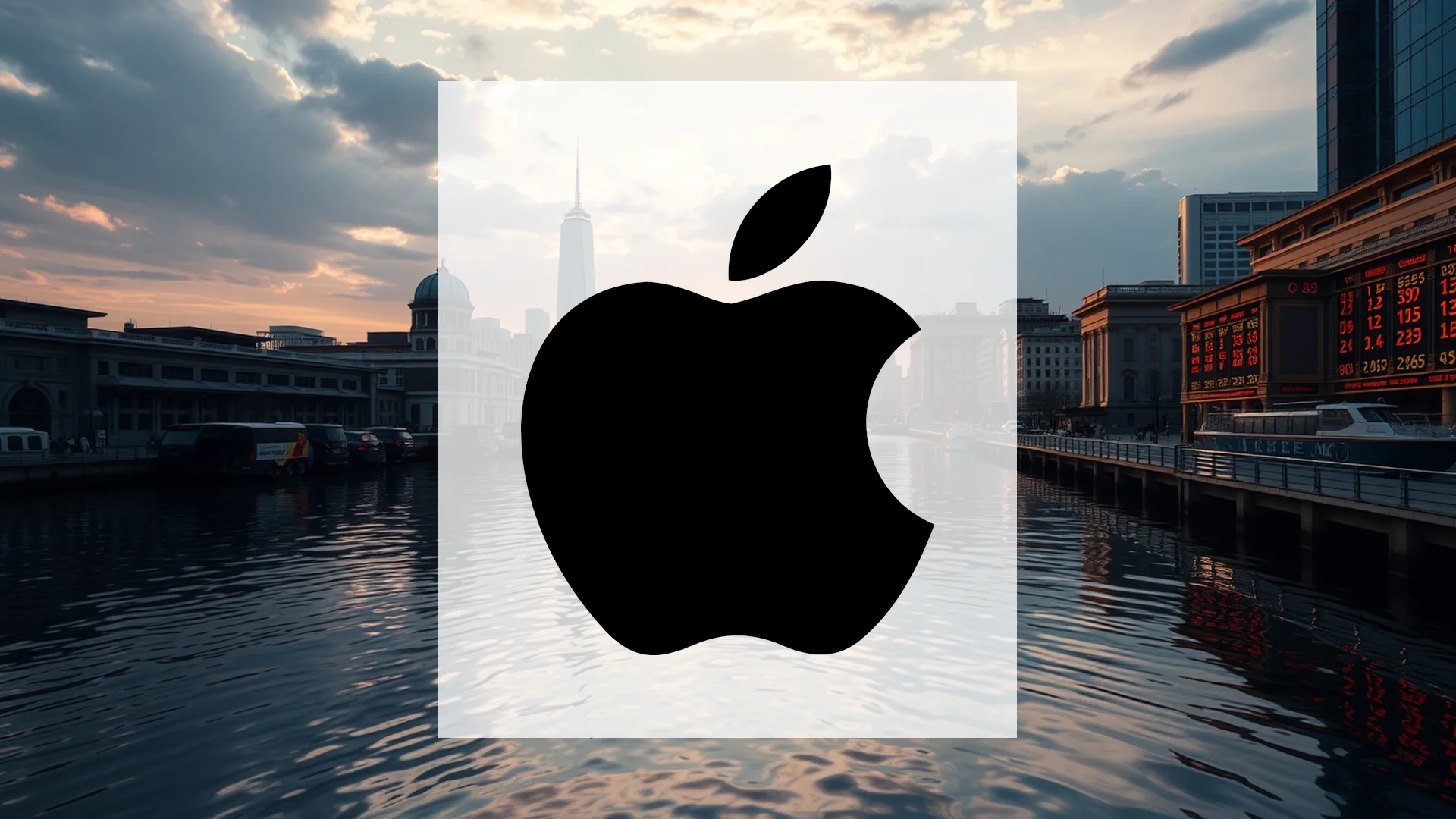As Apple approaches the unprecedented $4 trillion valuation milestone under Tim Cook’s stewardship, significant corporate developments are unfolding behind the scenes. The technology behemoth is preparing for both a historic leadership transition and a fundamental restructuring of its flagship product release strategy that could redefine the smartphone industry landscape.
Executive Reshuffling and Succession Planning
Recent executive departures have accelerated the board’s focus on succession planning for CEO Tim Cook. The unexpected exit of Chief Operating Officer Jeff Williams, following his 27-year tenure with the company, has intensified discussions about Apple’s future leadership. Industry observers note that hardware chief John Ternus has emerged as the leading internal candidate to eventually assume the CEO role.
The timing of these developments is particularly noteworthy. Cook recently celebrated his 65th birthday, while Williams’ departure represents the loss of another key long-term executive. The systematic reassignment of COO responsibilities to Sabih Khan demonstrates Apple’s methodical approach to managing this generational shift in corporate leadership.
Revolutionary Changes to iPhone Release Strategy
More transformative than the executive changes, however, is Apple’s planned overhaul of its iPhone business model. Beginning in fall 2026, the company intends to abandon its traditional annual release cycle in favor of two distinct launch periods throughout the year.
According to insiders, premium models including a foldable iPhone variant will debut during the autumn season, while standard versions will follow in spring. This strategic repositioning could substantially enhance Apple’s competitive positioning in the global smartphone market.
Should investors sell immediately? Or is it worth buying Apple?
The transition to year-round product releases would distribute revenue more evenly across quarters while alleviating the immense strain on supply chains caused by concentrated product launches. Most significantly, it would provide Apple with greater flexibility to counter the staggered release schedules of competitors like Samsung.
Market Response and Ongoing Challenges
Despite these substantial corporate developments, Apple shares have demonstrated remarkable stability. Although the stock has declined by approximately 1.5% since the beginning of the year, it has advanced more than 8% over the past 30 trading sessions—suggesting investors may view these strategic shifts favorably.
Nevertheless, significant challenges remain. Beyond leadership transitions and product strategy adjustments, Apple continues to navigate complex legal hurdles. The recent patent infringement case brought by Masimo, which could potentially cost the company $634 million, highlights the growing regulatory risks facing the technology giant.
The critical question for investors remains whether Apple can maintain—or even expand—its $4 trillion market capitalization under new leadership. The answer may begin to emerge in January 2026, when the company not only reports its crucial holiday quarter results but potentially outlines its strategic direction for the post-Cook era.
Ad
Apple Stock: Buy or Sell?! New Apple Analysis from November 17 delivers the answer:
The latest Apple figures speak for themselves: Urgent action needed for Apple investors. Is it worth buying or should you sell? Find out what to do now in the current free analysis from November 17.
Apple: Buy or sell? Read more here...










